LE CORNELLE
“Sheep rearing has been part of the Gabrini family’s history for at least five or six generations – says Giuliano – My grandfather was a transhumant shepherd. He spent the summer in the higher Emilian Apennines and the winter in the lower Mantua area. My father also followed in his footsteps, practising pastoralism up to the age of 20, when he finally decided to leave and start working for a local municipal undertaking”.
“After the death of my grandfather, we made a decision as a family to sell the majority of the flock. We are talking 170 units at the time. However, we decided to keep 15 units, which became 20, then 25, 30 and eventually 35. At that point – notes Giuliano – my brother and I began to wonder what would be of something that, over time, had become more than just a hobby and started making plans for the future”.
In the meantime, Giuliano had moved to Genoa to attend a university degree course in history but, he says: “I always knew I wanted to go back to Carù permanently. And that is why I immediately grabbed the opportunity to apply to take part in ReStartApp 2015. From the moment I learnt about it, my future started to take shape again. I am not afraid of living and working in an isolated place. I have a mountain mentality. I know that one needs to travel for even the most basic services. If you want to grab a beer you need to go to the nearest village and if you wish to attend a concert, go to see a football match or a theatre performance you need to drive for at least 2 hours. Most people would regard this as hard work, but I don’t mind, I’m used to it”.
Transhumant shepherd
In the Reggio Apennines, transhumance was necessary for as long as sheep rearing was common practice. A document from 1881, kept by the Fondazione Slow Food per la biodiversità (Slow Food Foundation for Biodiversity) gives notice of as many as 160 shepherds for sixty thousand sheep. Currently, there are only five thousand left, divided over some thirty flocks. There are enough pastures now, explain the Gabrini brothers, who, unlike their grandfather, do not need to resort to transhumance to feed their 160 sheep.
